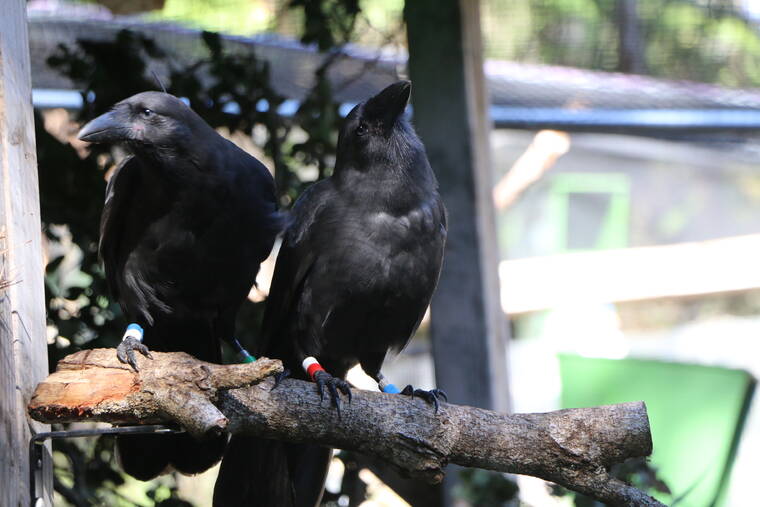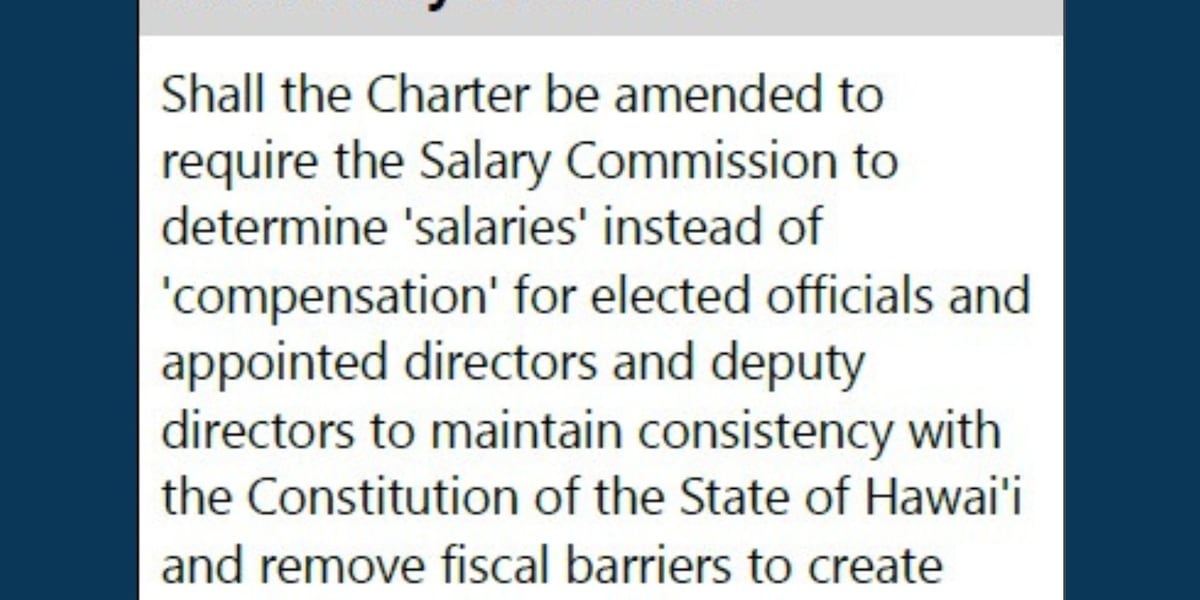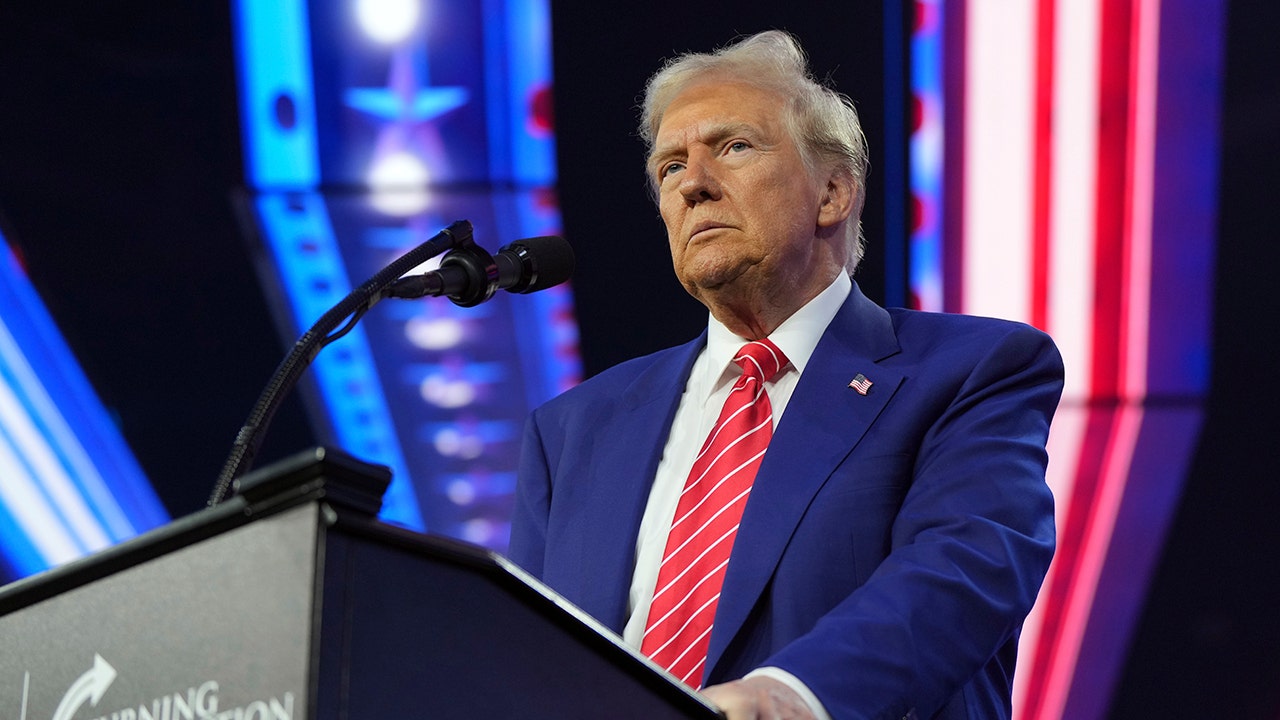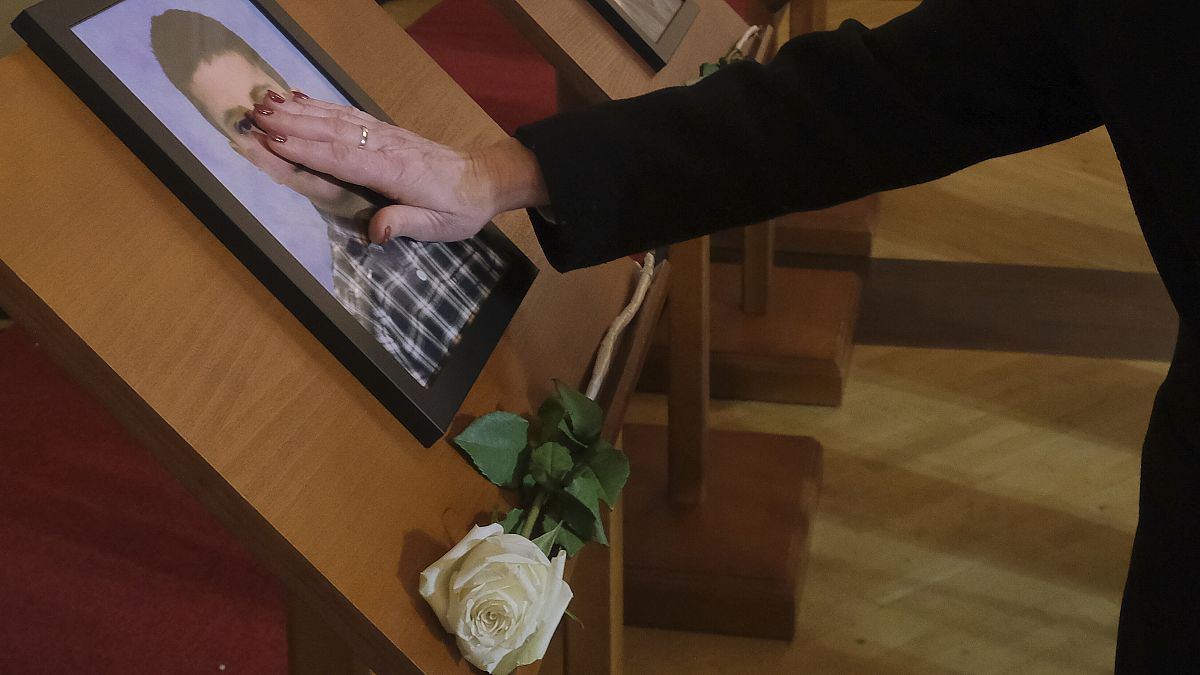Vilma Reed, her daughter, and grandson with donations for Hawaii wildfire victims
Kahului, United States:
The first Vilma Reed knew there was a fire bearing down on Lahaina was when she saw it a few yards (meters) from her house.
Like many of those who fled the fast-moving blaze that killed at least 89 people on the Hawaiian island of Maui, she got no official warning and no order to evacuate.
“You know when we found that there was a fire? When it was across the street from us,” the 63-year-old told AFP in an evacuation center parking lot.
“The mountain behind us caught on fire and nobody told us jack.”
Reed herded her daughter, grandson and two pet cats into the car and careered out of town.
“I raced a line of fire to get my family out,” she said.
The cause of the terrifying inferno was still under investigation Saturday, but experts say that whatever sparked it, a collision of circumstances meant that it spread very quickly.
These include the unchecked growth of flammable non-native plants, the volcanic topography that creates drying down-slope winds, an unusually parched winter, and a churning hurricane hundreds of miles (kilometers) to the southwest.
But in a state not unused to natural disasters — Hawaii has earthquakes, active volcanoes, a history of tsunamis and is regularly hit by powerful tropical storms — the lack of warning from authorities has puzzled and angered many.
“We underestimated the lethality, the quickness of fire,” Hawaii congresswoman Jill Tokuda told CNN.
“It’s not like hurricane force winds are unknown to Hawaii, or dry brush, or red flag conditions. We saw this before in (Hurricane) Lane. We did not learn our lesson from Lane (in 2018) — that brush fires could erupt as a result of churning hurricane winds below us to the south,” Tokuda said.
The fire knocked out power and residents of Lahaina told reporters that they had no cell service — a common channel that authorities use when they want to alert residents to danger.
The same electricity blackout would certainly have limited residents’ ability to watch television or listen to the radio — two other channels where official warnings are issued.
But the more robust outdoor warning sirens that are intended to alert islanders to danger did not sound, the Hawaii Emergency Services Administration (HI-EMA) said Friday.
“Neither Maui nor HI-EMA activated warning sirens on Maui during the wildfire incident,” the organization said, according to NBC News.
Hawaii’s governor, Josh Green, said it was “too early for me to tell” whether the absence of sirens was a technical failure or a deliberate decision by operators.
On Friday, the state’s attorney general, Anne Lopez, said she was launching a probe into the timeline of the blaze, including “critical decision-making” at the time the flames were spreading.
‘Big sirens’
For Kamuela Kawaakoa, it felt like the town was left to fend for itself as disaster struck.
“There were no emergency alerts. No warning systems went off — nothing, so some people didn’t even know about the fire till it was too late,” the 34-year old told AFP.
Kawaakoa, who is now living in a pop-up tent and surviving on the kindness of strangers, said even without cell service and power, there should have been a way to tell people what was happening.
“You can still call 911 without any cell service, you should still be able to get emergency alerts on your phone,” he said.
“And then we have these big sirens on poles… I’m sure they have a way of making it work even without power.
“You know, they gotta be prepared for that kind of stuff.”
Kawaakoa, who worked in the now-razed Captain Jack’s restaurant on Lahaina’s touristy Front Street, said victims were pointing to downed power lines as a possible source of ignition for the blaze.
Why, he wants to know, were they not shut off?
“I feel like there was more that could have been done to save a lot of people that died in this fire,” he said.



























/cdn.vox-cdn.com/uploads/chorus_asset/file/24982514/Quest_3_dock.jpg)





